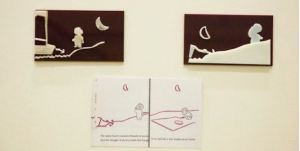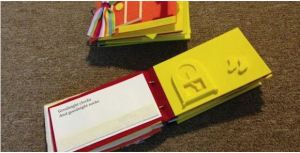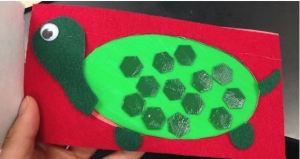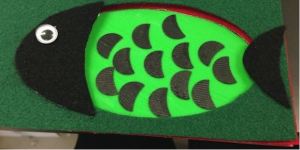All children deserve to snuggle up to a cozy bedtime story, but what about those children who can’t see the colorful photos that are supposed to stir up that nighttime imagination?
Researchers at the University of Colorado found a solution for this problem by launching the Tactile Picture Books Project, which uses 3D printing technology to convert children’s books into textured pages.
Children will be able to feel the illustrations of the books with their fingers; in the 3-D version of “Goodnight Moon,” for example, they’ll be able to actually feel the cow jumping over the moon.
“Harold and the Purple Crayon,” “The Very Hungry Caterpillar,” “Cat in the Hat” and “Goodnight Moon” have already been converted, and many more are on the way.
Alice Applebaum and her Denver-based organization for educating blind children, Anchor Center, assisted with this project.
Applebaum concluded that 3D printing is the next “logical step” for educating visually impaired children.

Children don’t normally learn how to read braille until age 6, so these new 3D illustrations allow children to tap into their imaginations at an even earlier age.
She told Mashable,
It’s just like when we learn how to read with our eyes, but they’re learning with all their other senses. It is one more opportunity for visually impaired children to experience literacy in an expanded way.
The ultimate goal, according to Tom Yeh, an assistant professor in the Computer Science Department at the University of Colorado who directed the project, is for parents to learn how to use the printing software to create their own 3D books for each child’s unique needs.
Since every child has his or her own visual impairments, it’s important that the project allows for customization.
The printers currently cost thousands of dollars, but soon they’ll be more affordable, which will open lots of doors for families of blind children.





